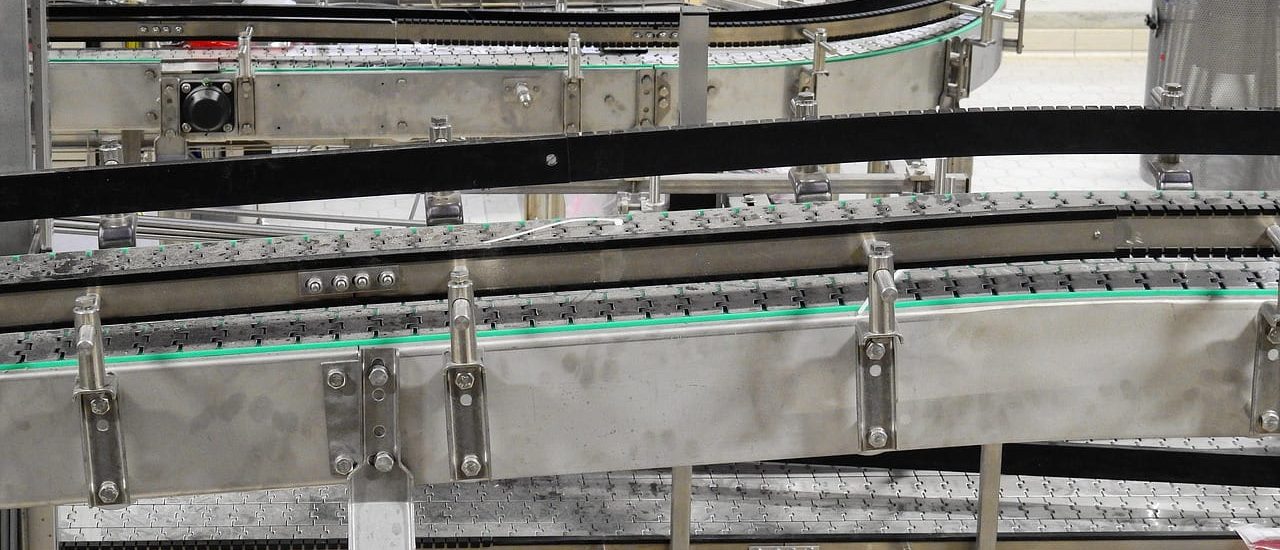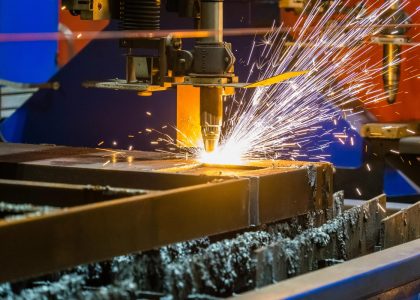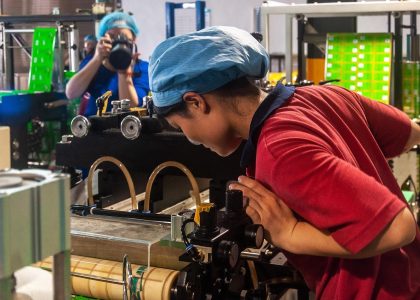Walk into any manufacturing floor today. Sheffield, Birmingham, doesn’t matter. Among the hum of robotics and automated systems, there’s often something simple, almost invisible, quietly doing its job: the gravity roller conveyor. No motors. No energy draw. No software glitches. And yet, it keeps entire production lines moving when flashier solutions stall. Strange, isn’t it? The “low-tech” option outlasting the expensive toys.
1. Costs That Don’t Spiral Out of Control
Energy prices aren’t what they used to be. Every factory manager knows it. One Midlands automotive facility made a quiet swap last year. They replaced three powered sections with gravity-fed conveyors. The result was immediate: a significant cut in energy bills, month after month. No complicated calculations. No engineers standing around waiting for software updates. It just worked. Sometimes the simplest solutions really do deliver the biggest savings.
2. Built for the Messy Side of Manufacturing
Automation looks great in brochures. But real factories? Dust, oil, noise, unpredictable shifts in demand. None of that reads the manual. We’ve seen automated systems fail because a single sensor picked up a stray piece of cardboard. The line stopped. Products piled up. Technicians scrambled to find the fault. Meanwhile, the gravity sections kept rolling without complaint. It’s unglamorous, yes, but that’s the point: steel frames, hard-wearing rollers, zero fuss. In food packaging lines around Manchester, operators rely on them because downtime simply isn’t an option.
3. Layouts Change. The Conveyor Follows.
Your factory’s floor plan today won’t look the same in 18 months. That’s just reality. A new client, a new product size, a sudden demand spike. Change is constant. A modular roller conveyor doesn’t complain. You can lift it, extend it, reroute it or integrate it with powered sections on the fly. We’ve seen fulfilment centres in Milton Keynes rearrange entire workflows in a single weekend without calling in a contractor. Try doing that with a fully motorised system and see how long it takes.
4. Faster Isn’t Always Better
Manufacturers love the word “throughput”. But automation isn’t always faster. We visited a warehouse in Leeds where powered conveyors caused constant stop-start traffic jams because stations weren’t syncing properly. They switched back to gravity-fed lanes. Output went up. Jams disappeared. Sometimes giving operators more control, even slowing things down slightly, produces a faster, smoother process overall.
5. Sustainability Without the Price Tag
Cutting emissions isn’t just PR anymore. UK manufacturers face real pressure to reduce energy use. Gravity conveyors don’t need electricity, which makes ISO 14001 compliance easier and lowers running costs at the same time. Two birds, one stone. And yes, the accountants like it too.
The gravity roller conveyor isn’t exciting. It isn’t new. But it earns its keep, quietly, reliably and without drawing attention. Sometimes the smartest investment is the one you stop noticing because it never lets you down.






